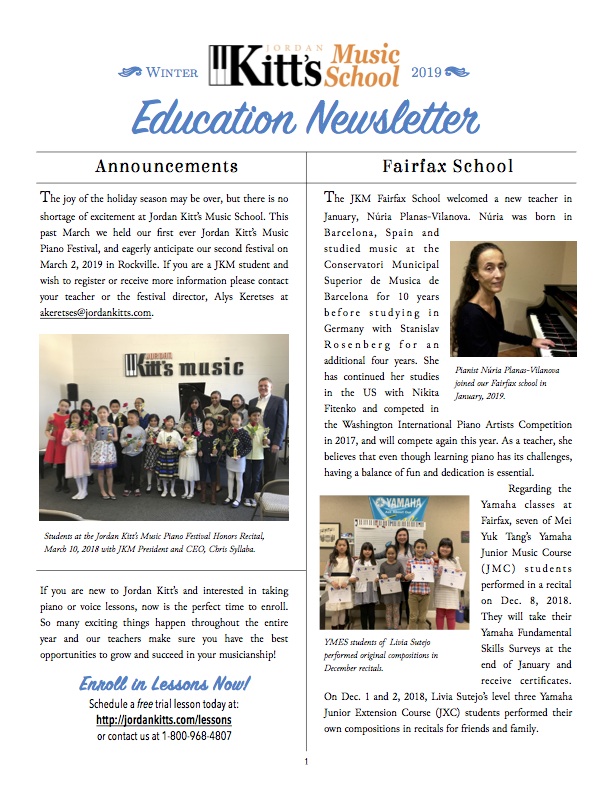Author Archives: PJ Ottenritter
Meet some of our teachers!
Olena Pereverten

Olena was born and raised in Odessa, Ukraine. She began her piano studies at the age of three. She attended the Odessa Special Music Boarding School and received a Bachelor Diploma and a specialist Diploma in Music Teaching and Piano Concert Performance.
She has won many piano competitions including the First Prize in the Piano Competition “Blue Bird” in Simferopol, Ukraine ; the Third Prize in the International Competition in memory of Sergei Prokofiev; the Special Diploma in the International Piano Competition in the name of Emil Gilles; and the Special Prize in the International Piano Competition in the name of Vladimir Krainov.
Find out more or choose a class with Olena here!
Li-Ly Chang

Li-Ly Chang, is a pianist, composer, teacher, and chamber musician. She has received many grants and awards including MD State Arts Council, Jordan Kitts Music Teacher’s Enrichment grant, MD State Music Teachers Association and Montgomery County Music Teachers Association grants.
Her performances include the Dame Myra Hess Series, Carnegie Hall, Kennedy Center, Roosevelt Hall, Shriver Hall, Strathmore Center, Savannah on Stage Festival, Levine School, and New England Conservatory.
Her piano teachers include Sacha Gorodnitzki, Leon Fleisher, Sequeira Costa, Fernando Laires, Walter Hautzig, Jack Winerock and Ming Tcherepnin. Her composition teachers are Joe Nelson, John Pozdro and Henry Mitchell.
She has been invited to perform and teach at International School in Shanghai in 2017. She was a music panelist for the Maryland State Arts Council and is the Director of the International Young Artist Piano Competition, Washington DC. She is a faculty member at Montgomery College in Rockville, MD.
Find out more or choose a class with Olena here!
Nuria Planas-Vilanova
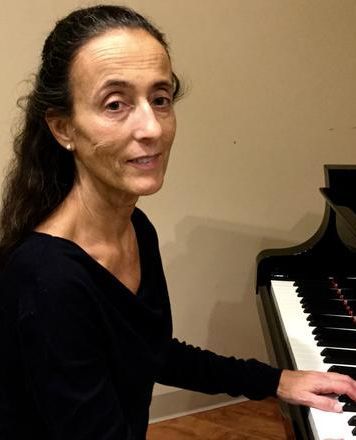
Núria was born in Barcelona, Spain and began learning music theory and piano at a young age. She studied both at the Conservatori Municipal Superior de Musica de Barcelona for ten years. She also studied piano in Germany with Stanislav Rosenberg for an additional four years.
Since moving to the United States she has continued her classical piano studies with renowned Russian pianist Nikita Fitenko. Núria competed in her first Washington International Piano Artists Competition in 2017, and looks forward to competing again in 2019.
Olena has performed extensively throughout the Ukraine including performances with the Odessa Philharmonic Orchestra.
A hardworking mother of two, Nuria has been playing the piano for over four decades. She taught beginner and intermediate piano to children and adults for over 5 years before joining the Jordan Kitt’s team in 2019. Based on her students’ interests, she teaches classical, contemporary and modern styles of music.
Find out more or choose a class with Olena here!
Find out more about our private and group lessons for either adults or kids here!
3-D Printed Robot Hand plays Jingle Bells…
While this isn’t the first piano-playing robot we’ve covered, what makes this robot neat is that it can achieve this fairly complex action despite being pretty limited in its movement. For instance, the hand is unable to move its fingers independently. That’s in stark contrast to the real human hand, which is capable of incredibly fine-grained motions thanks to its various points of articulation. The fact that it is therefore able to carry out actions as complicated as playing musical phrases on the piano is a testament to what can be achieved through some enterprising design. When it comes to this robot hand and its attached robot arm, the movement really is all in the wrist.
Read more here…
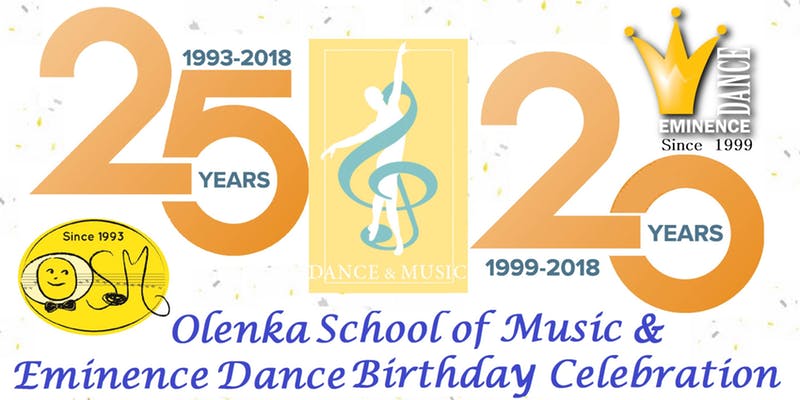
20th Year Celebration for the Olenka School of Music
Congratulations to our partners at the Olenka School of Music in Ellicott City.
Find out more or get tickets to their 20th Anniversary Celebration here!
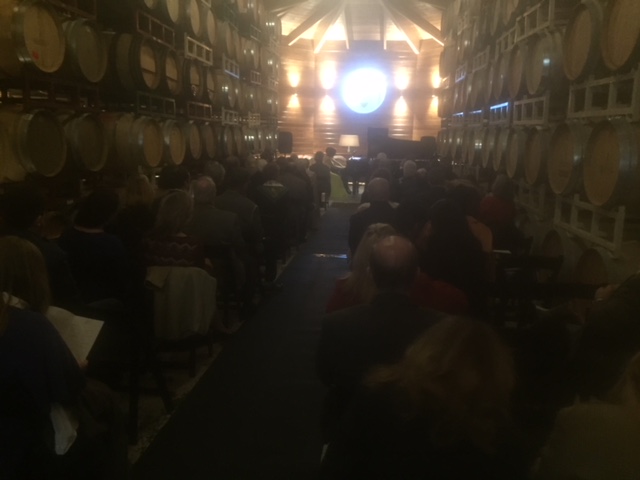
Piano concert & wine tasting at Greenhill Winery
This past weekend, Jordan Kitt’s Music was proud to be part of a special recital at Greenhill Winery.
The wine tasting and piano concert featured the talents of acclaimed pianists Nikta Fitenko and Katerina Zaitseva!
The Middleburg Music Fest International took place in the stunning Barrel Room in the beautiful horse country setting of Middleburg, Virginia.
Music by sby Brahms, Grieg, Dvorak, Mussorgsky, and Barber were all part of the event.
The event was ponsored by Jordan Kitt’s Music, the Town of Middleburg, and Greenhill Winery.

Maryland Winds Concert: My Favorite Things!
Join our friends from Maryland Winds at Reservoir High School, Fulton, MD on Monday, December 17, 7:30 for a performance of MY FAVORITE THINGS featuring Sara Jones, vocalist.
The program includes:
WASSON Festival Fanfare
TCHAIKOVSKY Nutcracker Suite
BERLIN I’ve Got My Love to Keep Me Warm
STRAUSS Donner Unt Blitzen Polka
RODGERS & HAMMERSTEIN My Favorite Things
Enjoy the smooth vocal stylings of Towson State University faculty member Sara Jones, as she and the Maryland Winds present a delightful collection of seasonal music.
Get tickets at www.marylandwinds.com
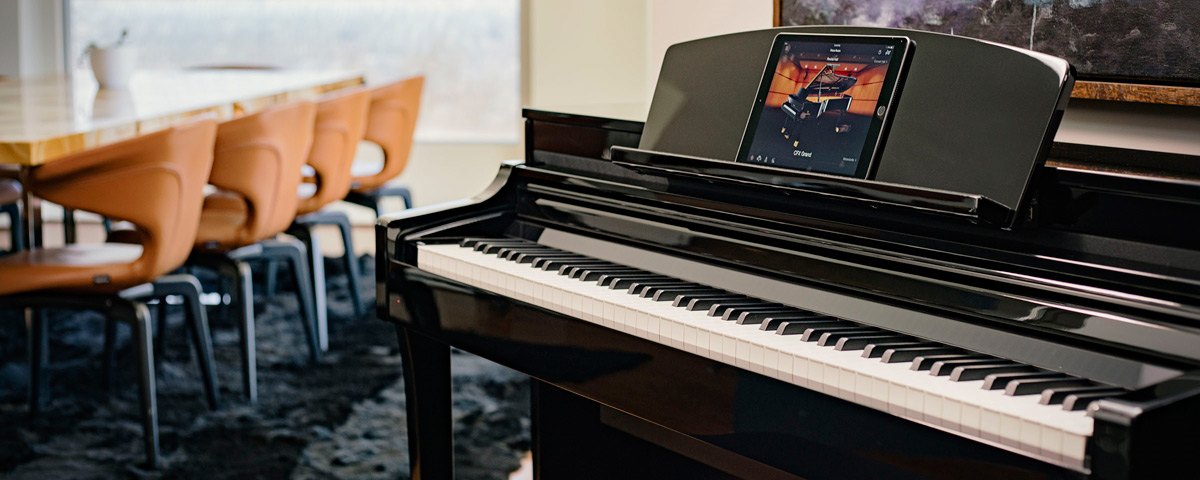
Yamaha CSP Review
Yamaha is a giant of many industries, but it’s best known for its massive portfolio of instruments – pianos in particular. For over a century, it’s made everything from concert pianos, to classy uprights, to cheap plastic keyboards for beginners.
Yamaha’s $4,700 CSP-170 is one of the companies newest digital pianos, and perhaps one of the most versatile digital pianos on the market.
Along with its cheaper sibling, the $3,500 CSP-150, it borrows elements from all over the company’s piano family. It uses sound samples from Yamaha’s flagship CFX and Bosendorfer Imperial concert pianos and comes in an attractive upright body. It’s real claim to fame, however, is its ability to teach you songs using LED lights like one of those cheap plastic keyboards. Even cooler, it’s not just built in songs either – it can analyze songs in your library and create basic sheet music for it through the magic of technology.
You don’t often see those kinds of smarts on a piano of this form factor. After all, console pianos are a piece of furniture as well, even when they are digital. All those lights and buttons and doodads aren’t very attractive on what should be a classy centerpiece.
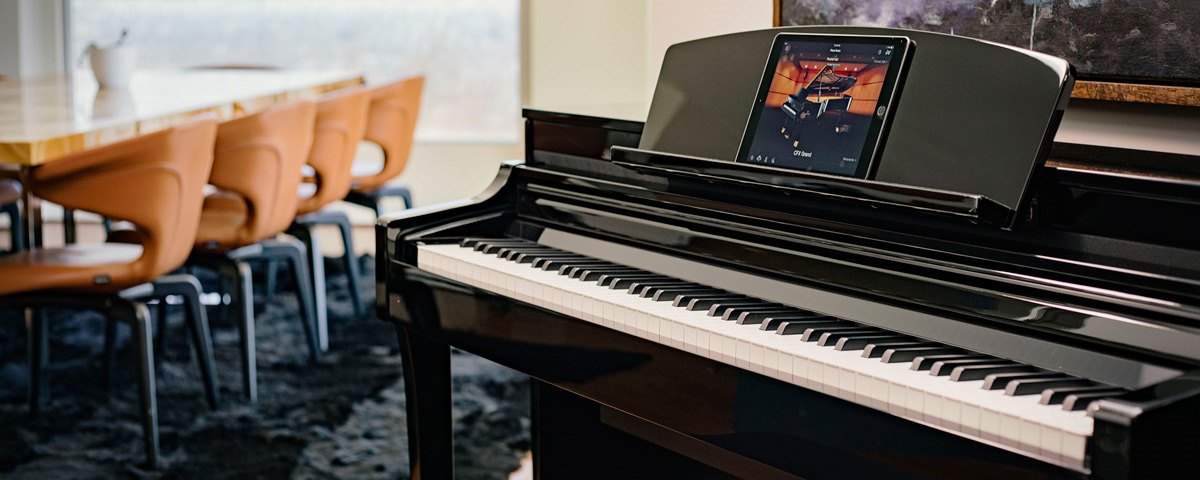
Yamaha gets around this with a few clever tricks. For one, the l lights are hidden behind a black strip above the keys, which is completely inconspicuous when the lights are off. Second, there are only three control points on the unit: a function button, a volume slider, and a power button. Everything else is controlled via an intuitive Android and iOS app.
Before we delve deeper into the smarts, it’s important to note the CSP-170 is a solid digital upright even without any of techy features.
It uses Yamaha’s ‘Natural Wood X’ keyboard action, which the best Yamaha has to offer outside of its pianos with real acoustic actions (the CSP-150 features a very similar action, except the keys are all plastic and no wood).
It’s not my favorite keyboard action in the price range – I prefer those on Roland and Kawaii’s pianos – but that’s subjective, and it’s still one that feels far more realistic than what you usually get on a digital piano. A longer pivot length than most digitals means you can play further back into the keys with less fatigue, and the keys handle quick repetitions better than some real uprights.
Browse around piano forums and you’ll see thousands of messages debating piano actions. You can learn on any decent weighted action, but a good digital action will help you better transition to the real thing. Often, the only reason people upgrade their digital pianos is for an improved action, as you can always buy a better sound engine by hooking up a PC, but you’re stuck with the action you’ve got.
Yamaha’s sound system is impressive on paper. There are four speakers positioned strategically for a more enveloping sound. Yamaha pumps 180 watts into those speakers, allowing the CSP to get much louder than you’d need in any normal home – and many venues. Importantly, they also reach far down into the sub-bass, providing a tactility to the lowest octave you rarely get on digital pianos. When I used the CSP-170 as a giant speaker for my smart device, it easily filled up the whole home.
(Here too the CSP-150 differs, only offering two speakers and 60 watts of power.)
This is all fine and dandy, but the first time I played it, I was only impressed with the sound output, not the piano tone itself. Yamaha is known for its relatively bright and clear piano tone, yet the primary two piano voices both sounded so warm to as to be almost muddy. It might’ve just been my room acoustics – it was less pronounced when using headphones – but I expected better given this is Yamaha’s flagship sound engine.
Thankfully, there’s that app I mentioned.
Plugging in an iPad mini running Yamaha’s Smart Pianist app opened up a wealth of options and controls that were far more intuitive and comfortable to use than the usual tiny display and controls on most keyboards.
The first thing I did was check if I could make the sound a bit brighter. Lo and behold, there’s a ‘brightness’ option in the sound settings portion of the app. Dragging the brightness slider up and turning down the default reverb – artificial reverb on top of your room’s own acoustics can further muddy things up – made the tone oodles clearer, and far closer to the Yamaha studio grand I practice on during my lessons. I usually practice with a piano sound engine on my PC with my own keyboard, but I felt no need once I’d tweaked the 170’s sound to my liking.
And there are a lot of tweaks, including various mechanical noises, sympathetic resonance, a binaural recording setting for headphones, and the ‘openness’ of the lid. You can even change the tuning and volume of every individual note, should you be looking for a particular sound. None of these options are particularly unique among the competition, but Yamaha’s interface is the most intuitive I’ve seen.
But the heart of the CSP-170 is in the music learning features. Unlike some other pianos with guide lights, the CSP-170 use waterfall-style “stream lights” that help you time when you need to hit the notes, not just see which notes are next. As I wrote when I reviewed the similarly luminous One Smart Keyboard Pro, I think these features are no replacement for traditional sheet music – but they can be a useful aid to motivate younger learners and total beginners, or help with speed up rote repetition for those further along.
The app itself doesn’t display any Synthesia-style falling notes and defaults to the sheet music. There’s a solid selection of built-in pieces – including practice items from common lesson books – and you can download more from the internet.
My only real problem with the stream lights is with their colors. Red is for white keys, blue is for black keys. It’s somewhat redundant, as the lights already have different shapes matching that of the keys.
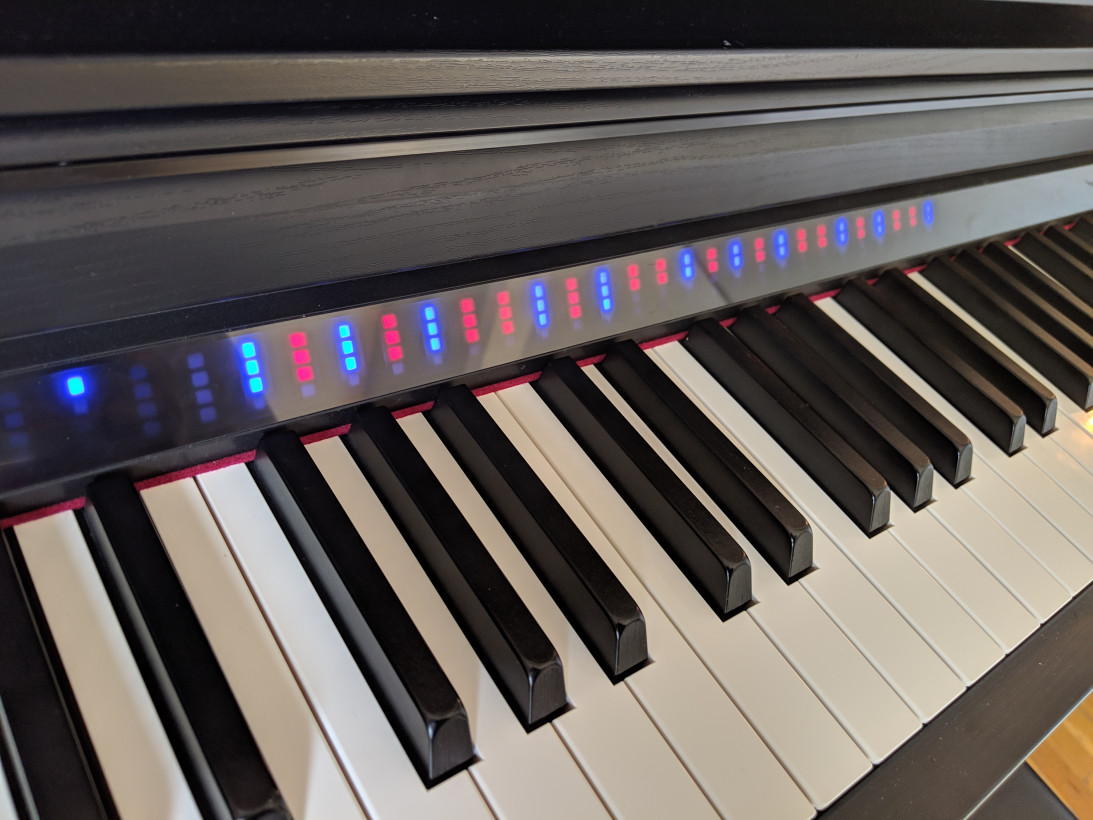
I would’ve much preferred each color represent your left or right hand. Sometimes when following along with the built-in music, I wouldn’t know which hand to use for the next note, especially if the melody jumped around a lot. Still, it’s a handy feature to have, and one that’s completely optional.
I’m more enamored with the CSP-170’s ability to analyze music in your library and create chord progressions for it. Though it can’t pick out the melody lines yet, it works surprisingly well with the popular tunes I tried – pretty much anything that wasn’t too harmonically complex. You can view the chords as either sheet music or as a list of chords – great for any guitar players following along. You can even bring in singers, thanks to a microphone port as well.
See the CSP options at Jordan Kitt’s Music here.
or, read the rest of the review here.
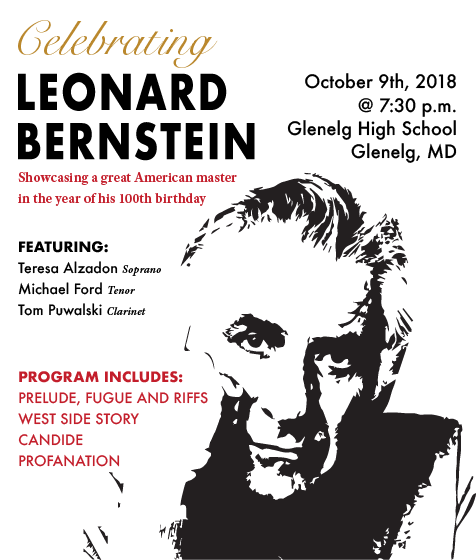
A concert tribute to Leonard Bernstein by Maryland Winds
Jordan Kitt’s is pleased to announce a special concert event by our friends at Maryland Winds on Tuesday, October 9th at 7:30pm at Glenelg High School in celebration of Leonard Bernstein’s 100th birthday.
They will showcase a great American master in the year of his 100th birthday. This exciting season opener features the intoxicating music of Leonard Bernstein. Teresa Alzadon displays her vocal pyrotechnics with the dazzling Glitter and Be Gay. Relive the rivalry of the Jets and Sharks as Michael Ford tantalizes with snippets from West Side Story. Clarinetist Tom Puwalski will amaze with the jazzy Prelude, Fugue and Riffs, written for Benny Goodman.

The Jordan Kitt’s Music Education Newsletter
See what’s new and exciting at Jordan Kitt’s Music Education Centers with this Fall preview newsletter.
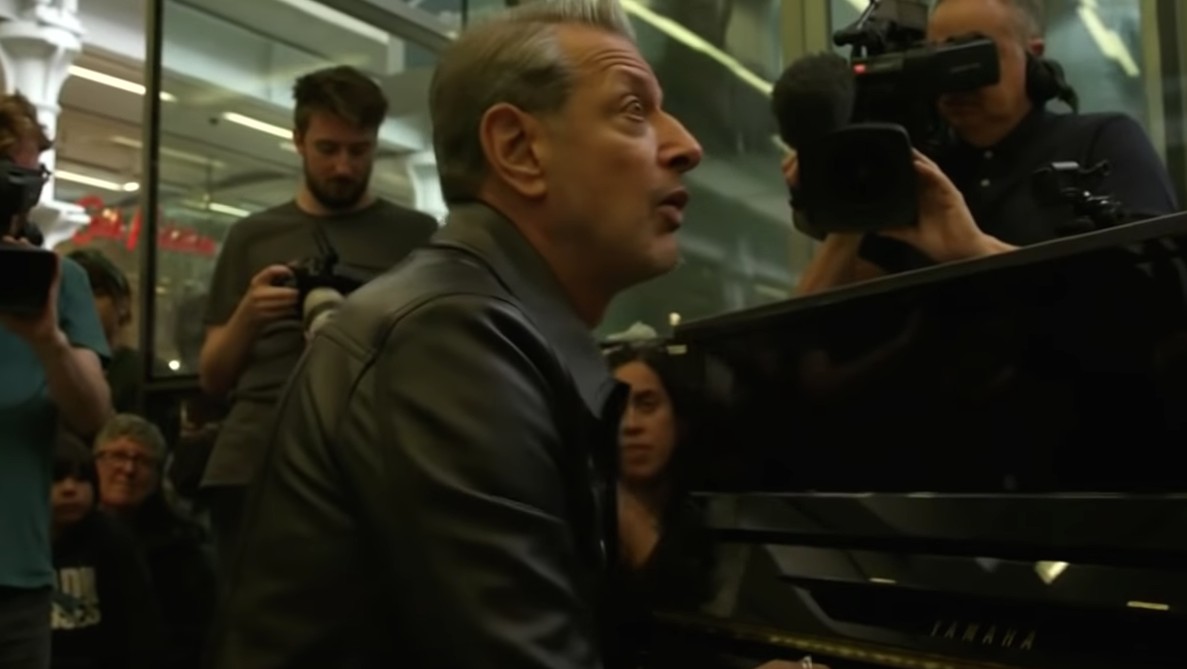
Music, Uh, Finds a Way… Jeff Goldblum entertains on a Yamaha piano.
Jeff Goldblum has an impromptu session on a Yamaha upright piano at St. Pancras station in London, to the apparent delight of London commuters.
Jeff attests that piano abilities were the result of his childhood lessons, which likely aided him in his quest for domination not only as an idiosyncratic leading icon, but also a master of Chaos Theory.
Your children can a head start in life also, with piano lessons from Jordan Kitt’s Music here

